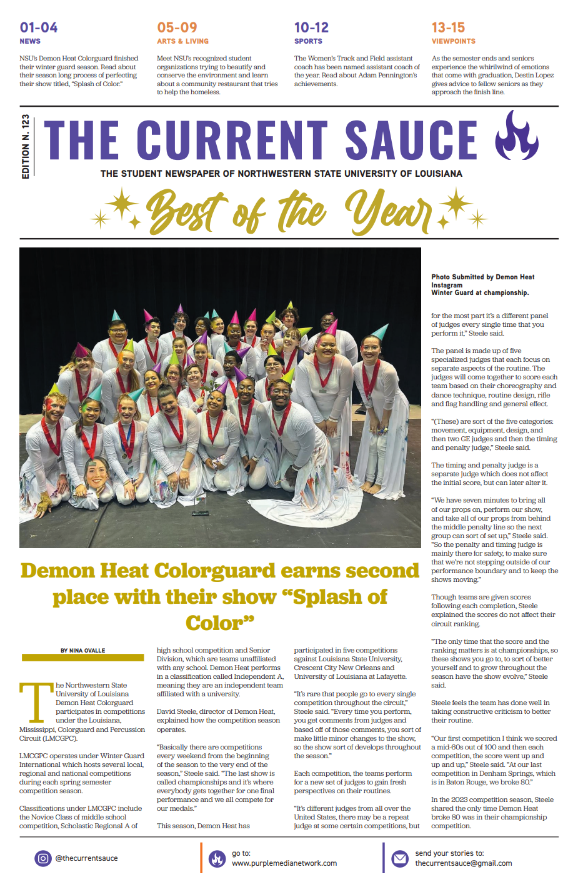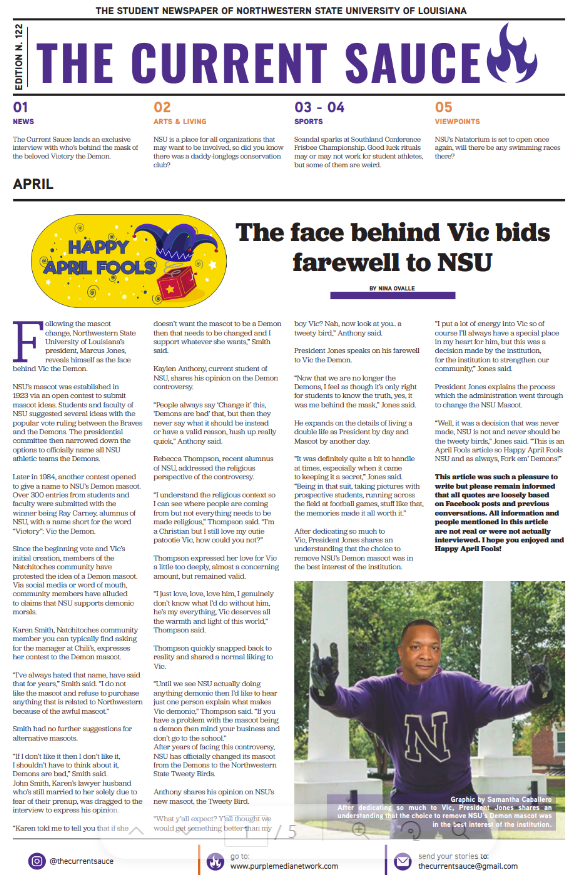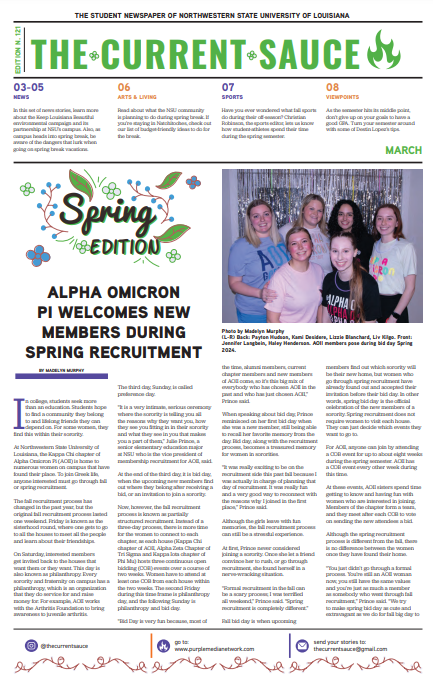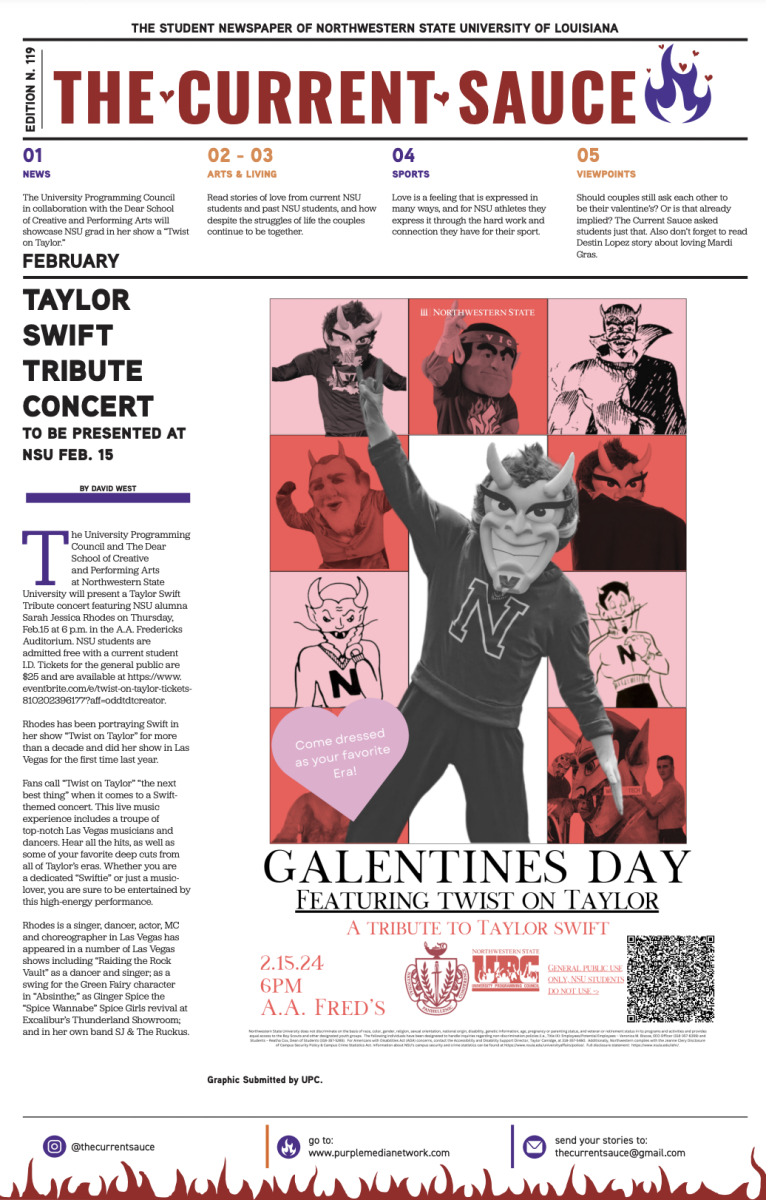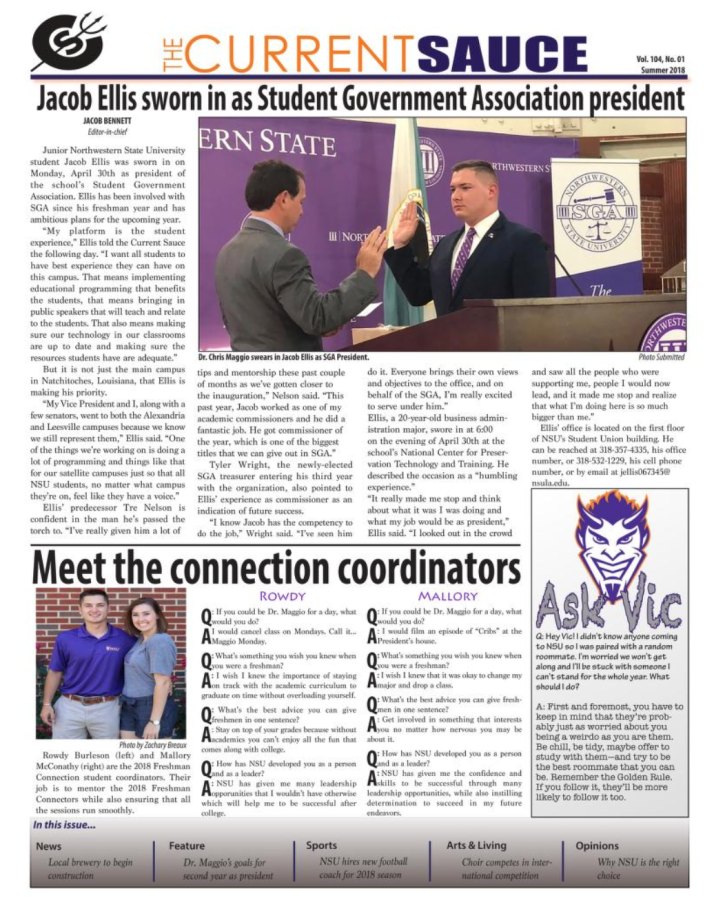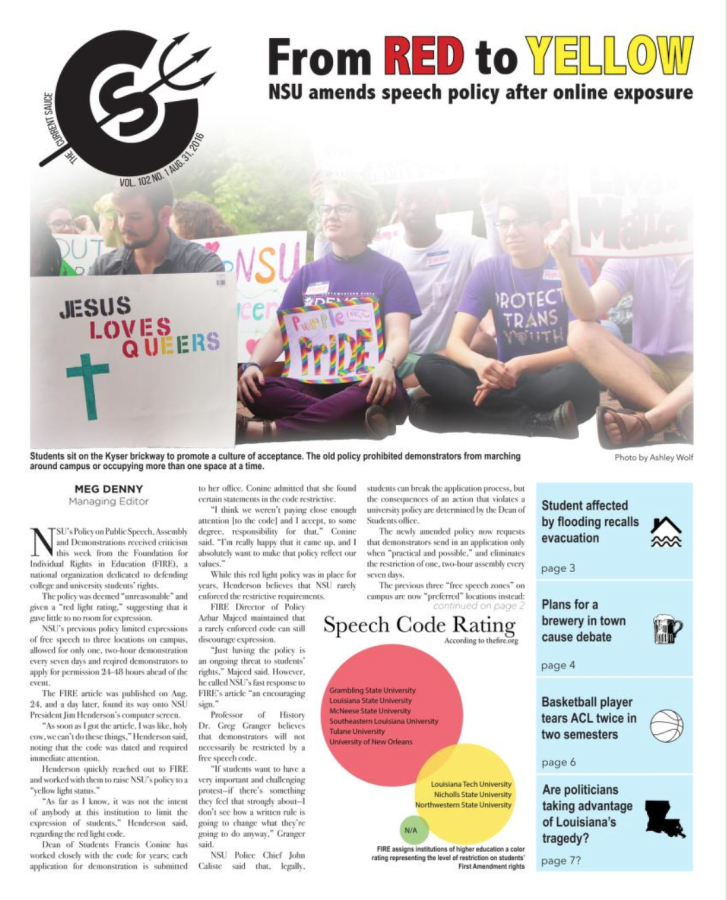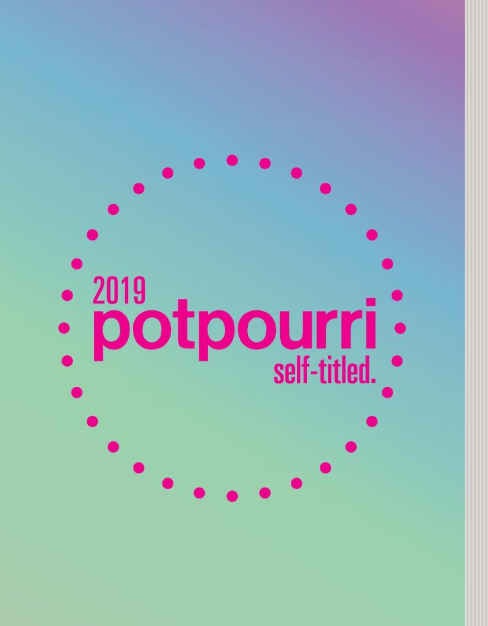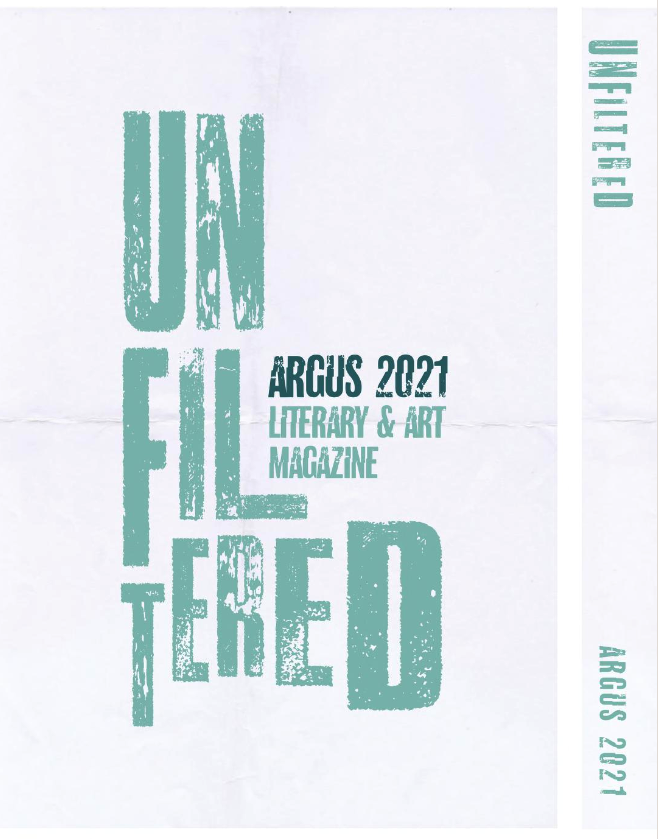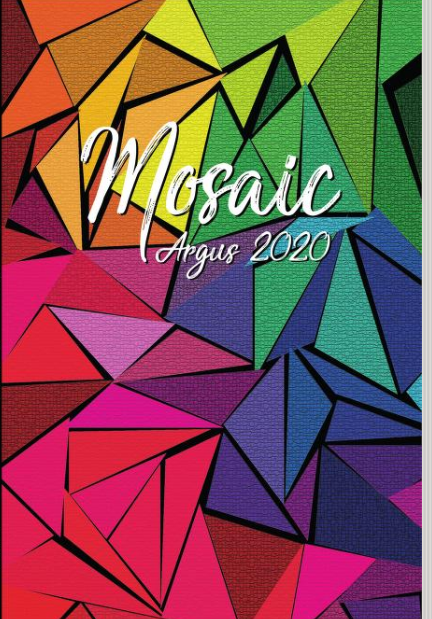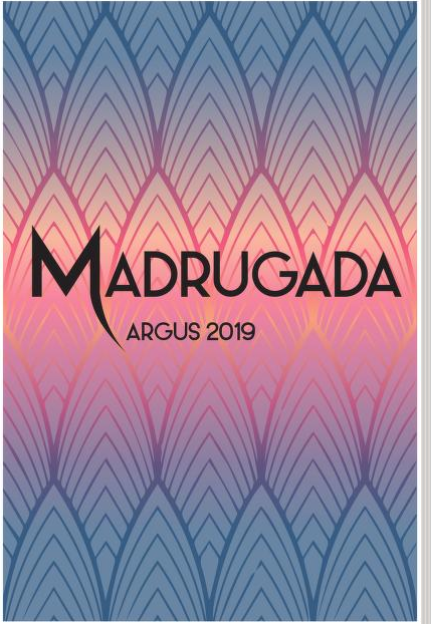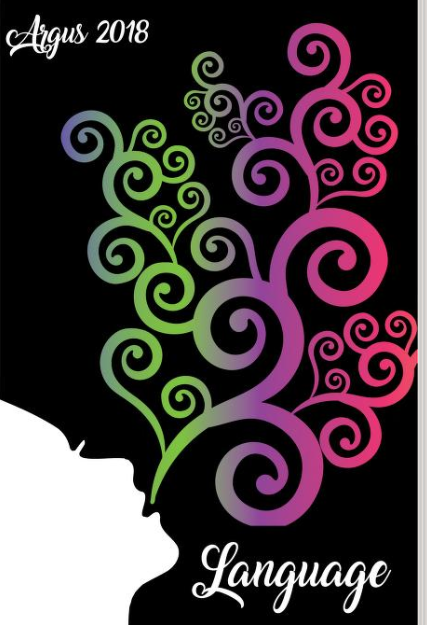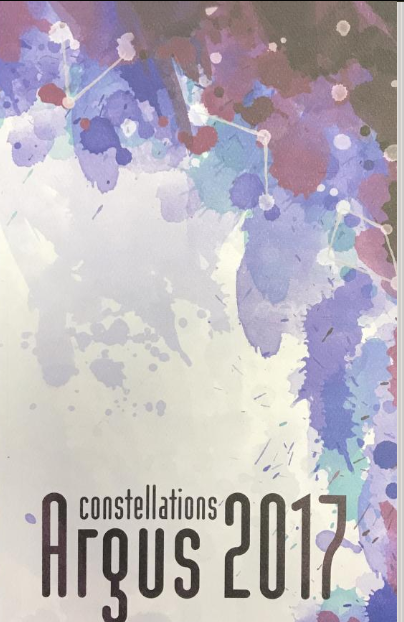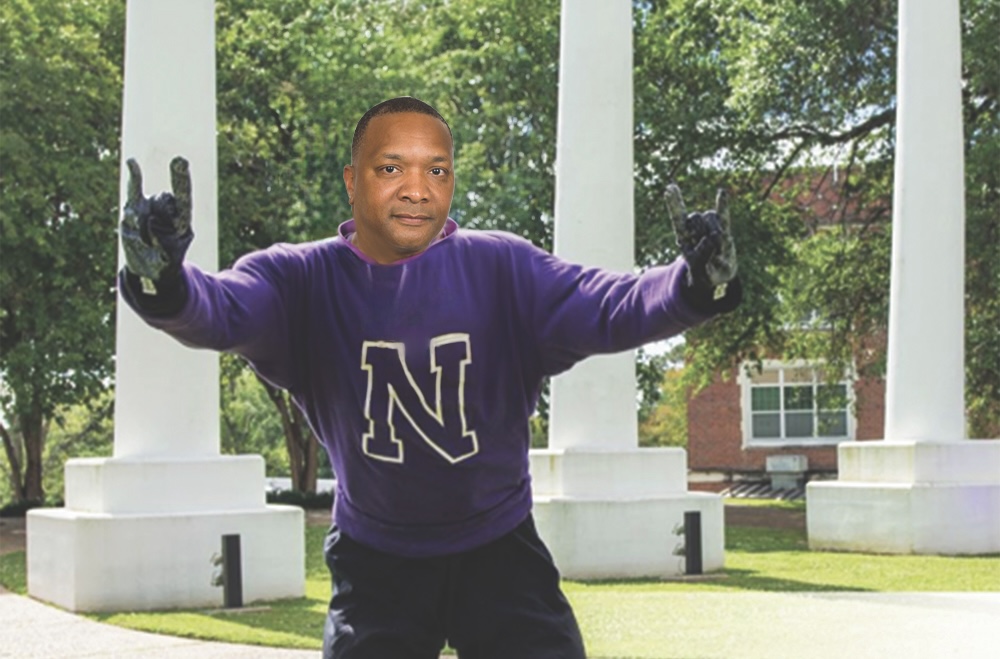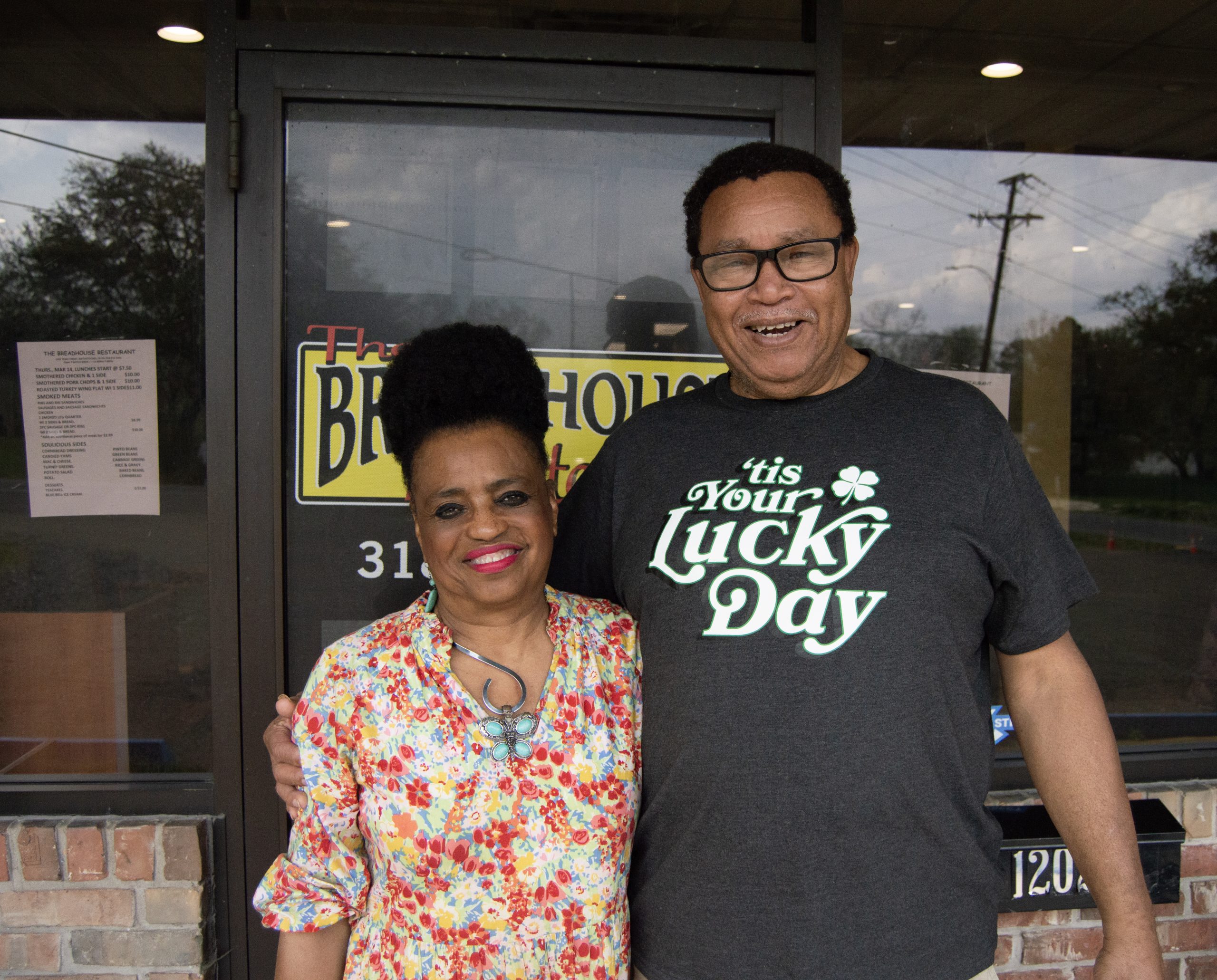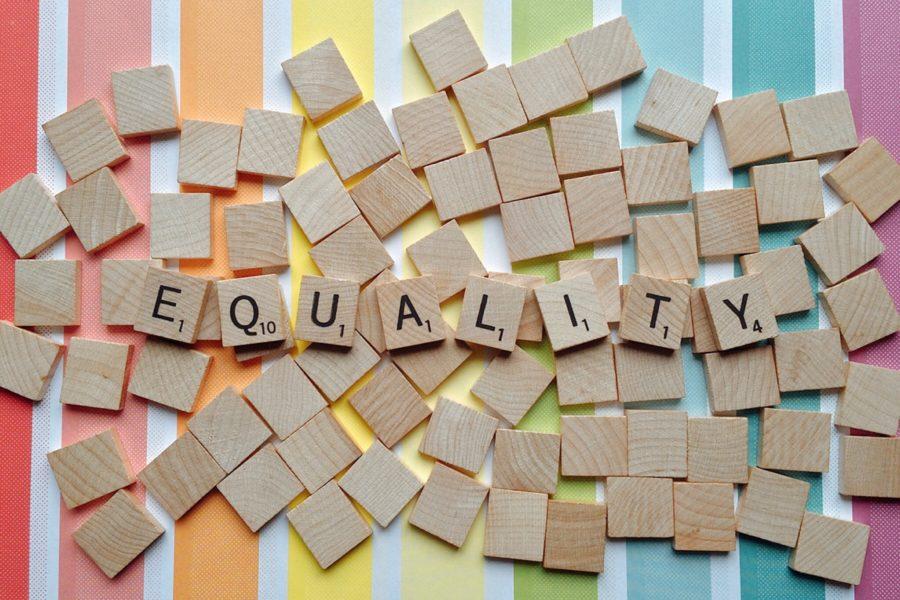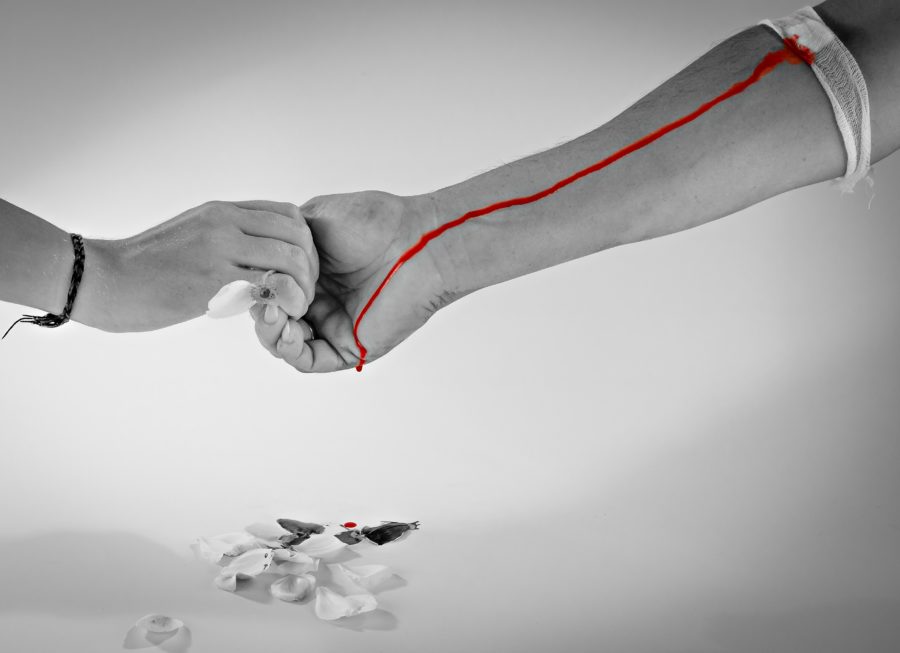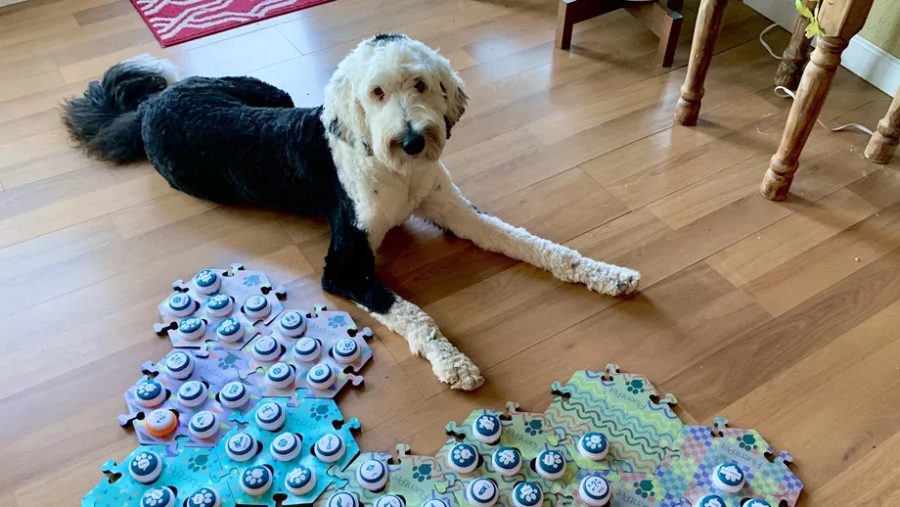Video games are an expansive medium. There are many types of games to choose from, unique worlds to explore and many stories to tell written by people who see the medium as a way to convey emotion. It’s not surprising the subject of sex comes up and is discussed in different angles.
Most people focus on labeling games from the outside as either sexist or not sexist, but I look deeper at how developers and writers use sex as story elements, character design and as gameplay mechanic.
When it comes to stories in games with sexual content, a positive example I always point to is “Catherine.” The game is developed by Atlus, the same team that makes the Persona series.
Catherine uses sex as a story element with the relationship of the main character Vincent, and the two girls he ends up being torn between, Katherine and Catherine.
Vincent learns what type of person and relationship he prefers and matures as a character when he decides if he prefers an Orderly life or a Free life filled with excitement. The player reflects on the choices that were made and compares himself to Vincent.
On the flip side, horrible games like “Ride to Hell: Retribution” have parts where sex is a reward for completing objectives.
For example, there is a point where you save a woman from being raped by a biker, only for you to kill him, and then transition to an awkward sex scene, which hilariously still has them with clothes on so it looks like they’re dry humping. “Ride to Hell” is an awful game either way, but the way it portrays women as objects makes it even worse.
Character design can go either way, but plenty of characters seem to come under criticism when dealing with sexual themes.
One character that falls under this description is “Bayonetta.” Now, Bayonetta is the protagonist of her own series and has come under criticism in media as sexist in order to appeal to males. But when it comes to her as a character and her design, she fits in the world of the game.
She’s portrayed as a femme fatale that acts playful to her enemies, yet brutally destroys them by provoking them to act aggressively through her taunts. This is shown in the cut scenes with other enemies and gameplay with the taunt button.
Her interactions with other allies sometimes has her teasing the characters, which also leads to hilarious moments. She’s the perfect protagonist for that kind of action game, and an action hero female gamers can look up to.
When designers sexualize a character for no reason, you get results such as the recently released “Xenoblade Chronicles 2.”
Despite being a great JRPG – Japanese Role Playing Game – most of the character design in “Xenoblade 2” is not that great, but specifically, a blade of a character you get late-game.
Dahlia has one of the worst designs I’ve seen in recent memory. This character has oversized breasts that aren’t humanly possible, an awful color scheme, and her design doesn’t fit with her character.
People say that because Dahlia was designed by a woman, criticism is invalid. However, just because someone of the same gender designed a character doesn’t excuse it from criticism.
As a gameplay element, there are common negative examples you can find.
For example, the “God of War” series has interactive segments where you have sex with women, and the “Grand Theft Auto” series has prostitutes you can pick up, spend time with and then kill to get your money back.
Then there are just awkward scenes in David Cage’s “Heavy Rain” that have laughable interactive sex scenes. These’s games aren’t bad at all, and I actually enjoy them, but they use sex without keeping repercussions in mind.
The positive ways in which I think sex is used well in gameplay is in the visual novel genre – games such as “Huniepop” and “Katawa Shoujo,” or RPGs like “Mass Effect 2” and the “Persona” series. In these, you actually learn about the characters, interact with them in gameplay and develop a relationship with them through dialogue choices.
Sex is never the main focus of the game, unless we’re discussing “Huniepop,” which doesn’t take itself too seriously and is self-aware about its premise. The player has a connection with the characters as they spend time together; getting to know them makes having the opportunity to have sex not jarring or sexist.
This is a topic I’ve seen from different outlets that I think doesn’t get portrayed very well. Some writers talk down on gamers for the things they play, and it provokes others to act in anger.
It’s better to have a discussion about the subject rather than dehumanizing gamers to the public. It’s a form of entertainment that offers different ideas and angles that are used in unique ways.
Going forward, as long as games are creative in their own ways, we can see more positive uses of sex in video games.

